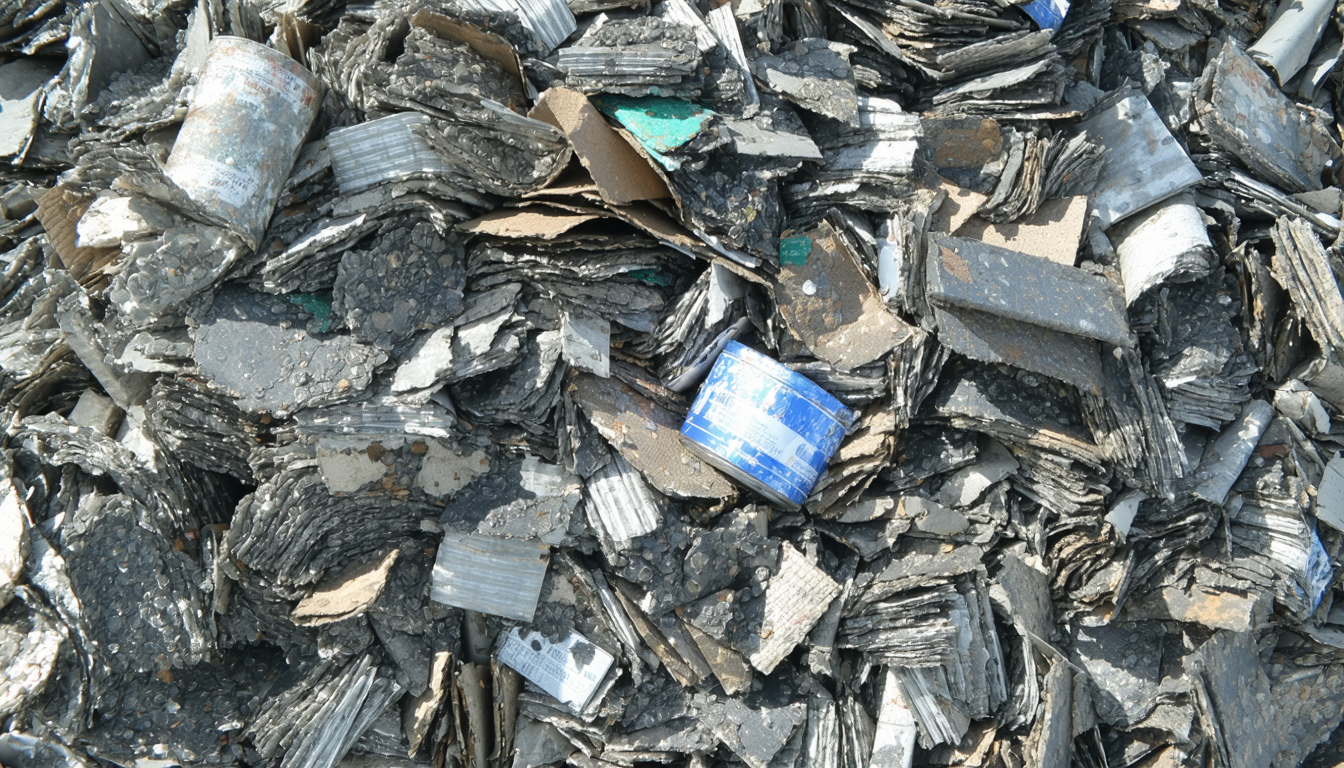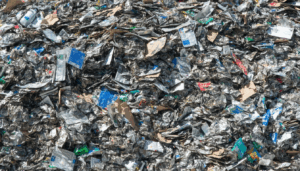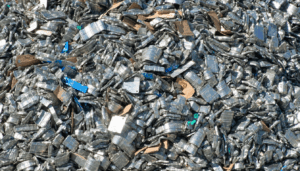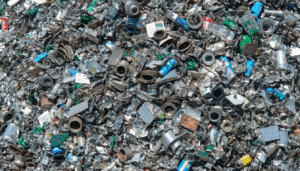In recent months, metal recycling prices across the United States have seen significant fluctuations, impacting industries, small businesses, and individual scrap collectors alike. From soaring copper rates to volatile steel markets, these shifts are reshaping the recycling landscape. This article delves into the latest data, explores the factors behind these price changes, and examines their broader implications for stakeholders. With economic and environmental concerns at play, understanding these trends is crucial for anyone involved in the metal recycling sector.
Current State of Metal Recycling Prices in the US
As of October 2023, metal recycling prices in the US have shown notable increases for several key materials. According to data from the Institute of Scrap Recycling Industries (ISRI), copper prices have risen by approximately 15% since the start of the year, reaching an average of $4.20 per pound in major markets like Chicago and Houston. Aluminum, another widely recycled metal, is currently priced at around $1.10 per pound, up 10% from mid-2023 figures. Steel scrap, however, remains more volatile, with prices hovering at $400 per ton but fluctuating weekly due to global demand.
These price movements are influenced by a combination of domestic and international factors. Supply chain disruptions, labor shortages at processing facilities, and increased demand from manufacturing sectors are all contributing to tighter supplies. For many recyclers, keeping up with these rapid changes has become a daily challenge.
Key Factors Driving Price Changes
Several elements are fueling the current trends in metal recycling prices. First, global demand for raw materials, particularly from emerging economies like India and Brazil, has put pressure on US scrap exports. This has led to reduced domestic availability and higher prices for metals like copper and aluminum.
Additionally, energy costs play a significant role. Recycling facilities rely heavily on electricity and fuel to process metals, and with energy prices climbing in 2023, operational costs have surged. “The rising cost of energy directly impacts our bottom line, forcing us to adjust pricing,” said Maria Thompson, CEO of GreenMetal Solutions, a leading recycling firm in Ohio.
Other factors include:
– Policy Shifts: New environmental regulations are pushing companies to recycle more, increasing competition for scrap.
– Economic Recovery: Post-pandemic industrial growth has spiked demand for recycled metals in construction and automotive sectors.
– Geopolitical Tensions: Trade disputes and tariffs continue to disrupt global metal flows, affecting US prices.
Impact on Stakeholders
The ripple effects of rising metal recycling prices are felt across various groups. Small-scale scrap collectors are seeing higher payouts at local yards, which is a welcome change after years of stagnant rates. However, this also means higher input costs for manufacturers who rely on recycled materials to produce goods like vehicles and appliances.
For recycling businesses, the situation is a double-edged sword. While higher prices can boost revenue, they also face challenges in securing consistent supply amid fierce competition. Larger firms with international networks may fare better, but smaller operations risk being squeezed out.
Consumers might also notice indirect effects. As production costs rise for manufacturers, prices for everyday items—think aluminum cans or steel-based tools—could inch upward. This underscores how interconnected the recycling market is with broader economic trends.
Future Outlook for Metal Recycling Prices
Looking ahead, experts predict that metal recycling prices will remain elevated through 2024, though volatility is expected. Much depends on whether supply chain bottlenecks ease and if global demand stabilizes. Additionally, upcoming federal policies on infrastructure spending could further drive demand for recycled steel and aluminum in public projects.
According to John Rivera, an analyst at MetalMarket Insights, “We’re likely to see short-term spikes as industries ramp up production, but long-term stability will hinge on resolving supply issues.” Environmental initiatives may also push more companies to adopt sustainable practices, potentially increasing competition for scrap.
On the flip side, some stakeholders worry about overreliance on recycled materials if primary mining outputs decline. Balancing these dynamics will be key to ensuring a stable market without alienating smaller players or burdening consumers.
Conclusion
The surge in metal recycling prices across the United States reflects a complex interplay of economic recovery, global demand, and operational challenges. From record-high copper rates to fluctuating steel values, these trends are reshaping how businesses and individuals engage with the recycling industry. While opportunities exist for profit and sustainability, uncertainties around supply chains and policy changes loom large. Staying informed on these developments will be essential for navigating this evolving landscape.
Frequently Asked Questions (FAQ)
1. Why have metal recycling prices increased in 2023?
Prices have risen due to heightened global demand, supply chain disruptions, rising energy costs, and increased competition driven by environmental regulations.
2. Which metals are seeing the highest price increases?
Copper and aluminum have shown significant gains, with copper up 15% to $4.20 per pound and aluminum up 10% to $1.10 per pound as of October 2023.
3. How do these price changes affect consumers?
Higher recycling prices can lead to increased production costs for manufacturers, potentially raising prices for goods made with recycled metals like cans or tools.
4. What is the future outlook for metal recycling prices?
Experts anticipate continued high prices into 2024 with potential volatility, depending on supply chain improvements and industrial demand trends.





